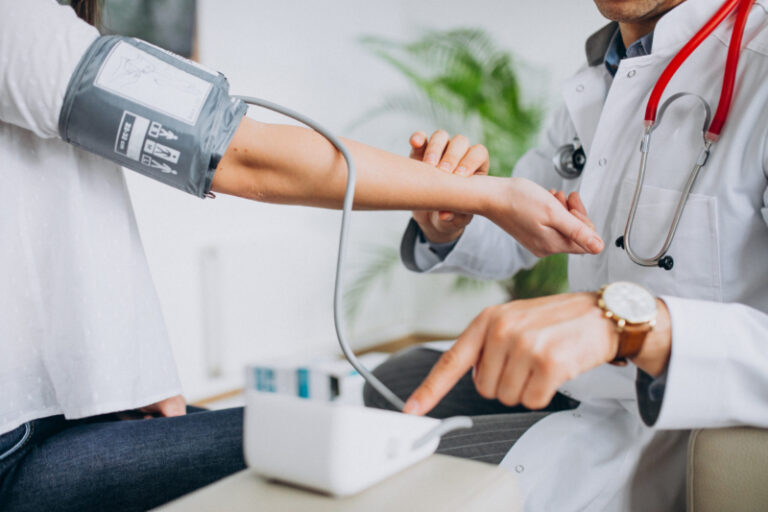In this 3-part series, we explore the basic foundations of FDA’s regulation of Medical Devices. Topics include Controls and Classifications, Premarket Notification 510(k), and Premarket Approval (PMA).
Before marketing a medical device in the United States, manufacturers should first gain a solid understanding of how the U.S. Food and Drug Administration (FDA) classifies medical devices. FDA divides medical devices into classes that determine the regulations a device is subject to, providing a blueprint for the path to legally marketing that device in the U.S.
Medical device classifications indicate what controls apply to a device and what regulatory submission, if any, is needed to market the device. When a device is subject to certain controls and/or submission requirements, these requirements must be strictly adhered to.
If a manufacturer markets a medical device without applying the applicable controls or obtaining approval for applicable regulatory submissions, FDA considers the device to be adulterated or misbranded and the device is subject to FDA’s enforcement actions.
Get assistance with FDA compliance.
Registrar Corp’s Regulatory Specialists help companies comply with FDA requirements, including regulations for Medical Devices.
For assistance with FDA regulatory requirements, call: +1-757-224-0177, email: info@registrarcorp.com, or chat with a Regulatory Advisor 24-hours a day: www.registrarcorp.com/livechat.
Read on to learn more about FDA’s medical device classifications and what controls and submission requirements apply to each class.
Medical Device Definition
A medical device can come in the form of an instrument, apparatus, machine, implant, in vitro reagent, or other similar or related article, including a component part, or accessory. Medical devices are intended for use in the diagnosis of disease or in the cure, mitigation, treatment, or prevention of disease in man or other animals or to affect the structure or any function of the body of man or other animals.
A medical device does not achieve any of its primary intended purposes through chemical actions within or on the body of man or other animals and is not dependent on being metabolized to achieve its purpose.
Classifications
Along with the level of risk the device poses, device classification also depends on the device’s intended use and indications for use. Classifications and requirements are as follows:
Class 1: General controls only
- Low-risk
- Most, but not all, exempt from 510(k) requirements. Examples include: bandages, dental floss, and sunglasses
- Examples of non-exempt class 1 devices that require a 510(k) submission are examination gloves and wheelchairs
Class 2: General and special controls
- Moderate risk
- Most require a 510(k) submission
- Some are exempt from 510(k) requirements. Examples include: mercury thermometer, hospital bassinet, and AC-powered adjustable hospital bed
Class 3: General controls and PMA
- Highest risk, no exemptions
- All require an approved PMA application before the device can be marketed
Controls
As the risk of a medical device increases, so does its regulatory control to ensure its effectiveness. Controls may be general, special, and pre-market approval (PMA).
General controls are the only controls that apply to all 3 medical device classes. General controls apply to a product area or code to provide consistent requirements that can be expected to foster safe and effective medical devices. They are usually broad, but some may be specific to a product area.
An example of a general control for medical devices is establishment registration. This control means that all establishments that manufacture medical devices for distribution in the U.S. must register their device with FDA on an annual basis. Another example of a general control is medical device reporting, which means that establishments must report device-related injuries and deaths to FDA.
Special controls are specific to Class II devices only, meaning that these devices have to comply with both general and special controls.
Special controls are not common and are usually applied to well-established device types that FDA has a sufficient understanding of. This understanding allows FDA to identify consistent requirements to ensure the product’s safety and effectiveness. These controls are identified in the Code of Federal Regulations in the “(b) Classification” subsection of the regulation specific to the device type. Any device subject to special controls listed must meet all applicable special controls. Examples of special controls can be device testing requirements, special labeling, or guidance documents specific to that device type.
Some Class 1 devices and most Class II devices are also subject to premarket notification 510(k) requirements. A 510(k) is “a premarket submission made to FDA to demonstrate that the device to be marketed is safe and effective, and substantially equivalent to a legally-marketed device that is not subject to Premarket Approval. Products that require 510(k) cannot be marketed or distributed until they receive an order declaring a device Substantially Equivalence (SE) or clearance to market from FDA. Most Class 1 and some Class II devices are exempt from 510(k) requirements
PMA is the required process of scientific review to ensure the safety and effectiveness of Class III devices. All Class III devices are subject to PMA requirements, which include the submission of a PMA application to FDA. Premarket approval is not required for Class I and Class II devices.
FDA has determined that general and special controls alone are insufficient to assure the safety and effectiveness of Class III devices. ” PMA requirements are the most stringent of all of FDA’s device marketing applications, and PMAs must receive FDA approval before the applicant can market the device.
Get assistance with FDA compliance.
Registrar Corp’s Regulatory Specialists help companies comply with FDA requirements, including regulations for Medical Devices.
For assistance with FDA regulatory requirements, call: +1-757-224-0177, email: info@registrarcorp.com, or chat with a Regulatory Advisor 24-hours a day: www.registrarcorp.com/livechat.


